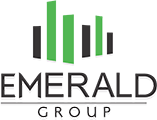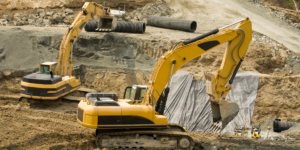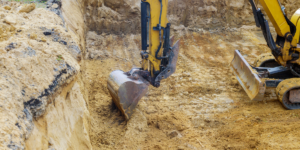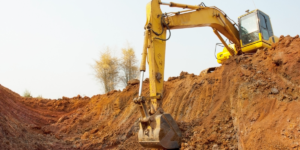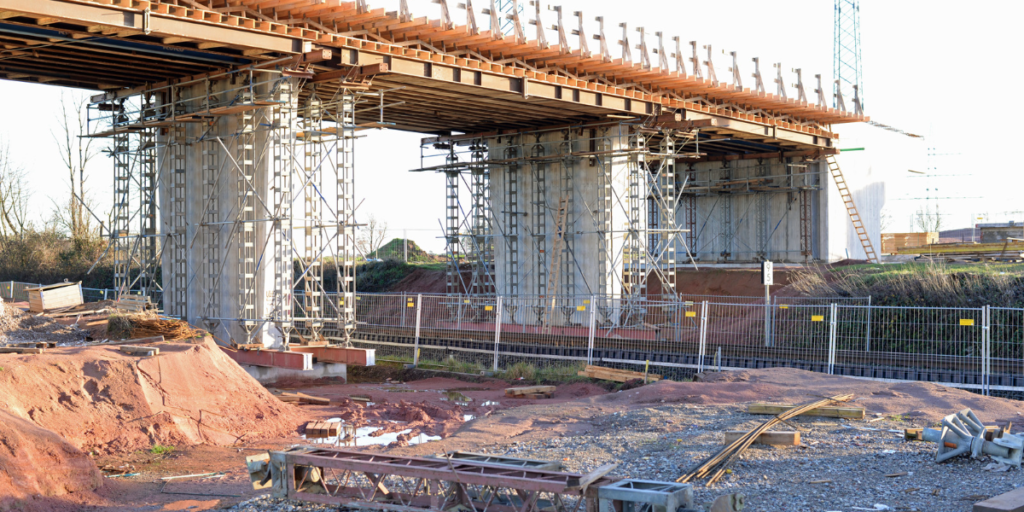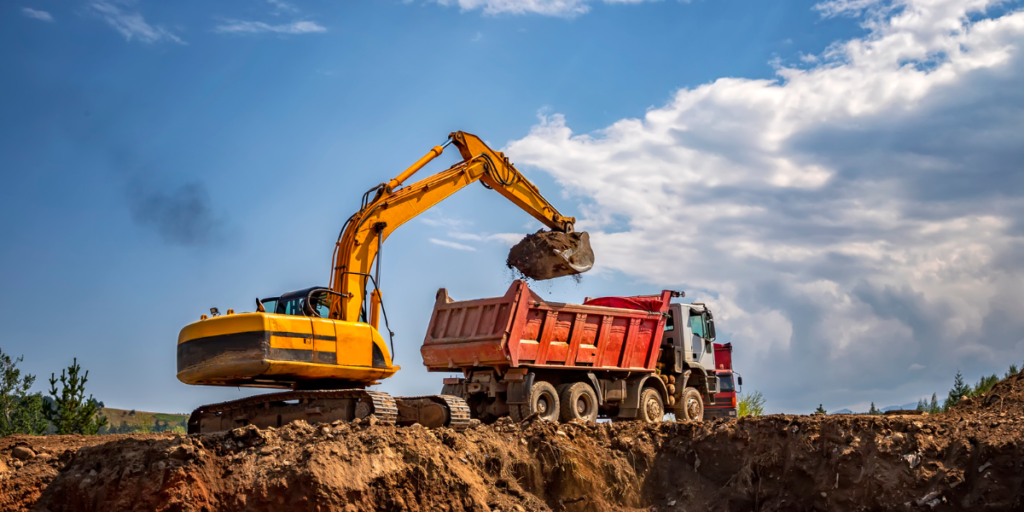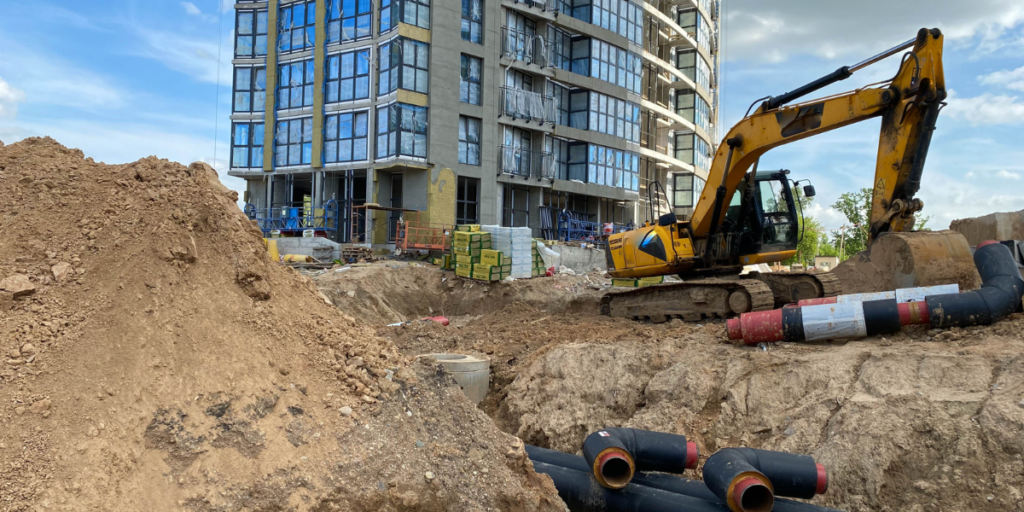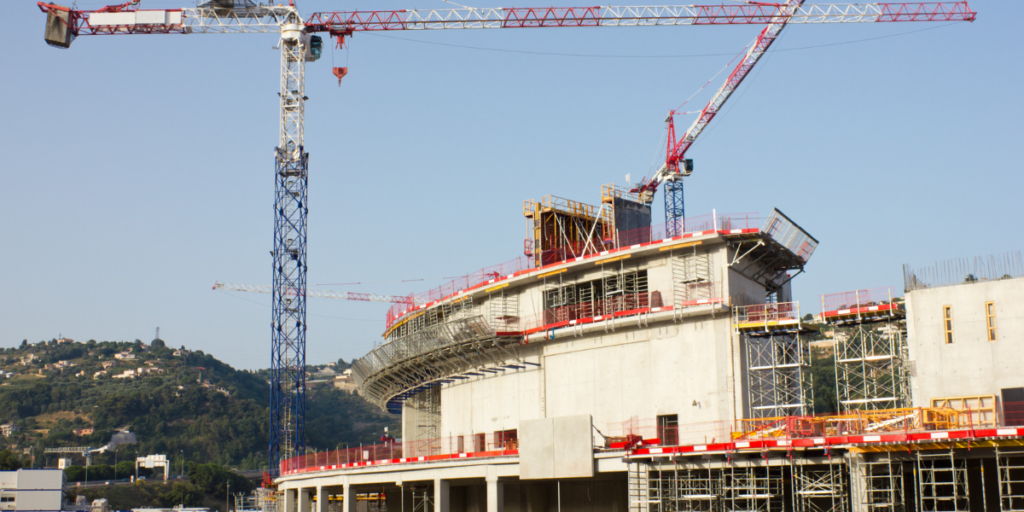Cost Groups and Types in Cost Estimating
Before we start discussing the labour costs in a cost estimate, let us briefly review the cost groups and types.
Cost Groups
- Direct Costs
- Indirect Costs
- Overhead Costs
- Mark-ups
- Profit
Cost Types
- Labour costs
- Permanent material and/or permanent equipment costs
- Temporary materials and/or consumable costs
- Construction equipment costs
- Subcontractor costs
Many cost estimators start their careers without this knowledge, and they learn as they go from other estimators and through trial and error.
Direct Labour – Definition
In a cost estimate, we will only have direct labour costs for activities that the contractor performs with its own forces. Direct labour is all labour associated with activities directly linked to the project’s building and can be measured. Most of the direct labour is found in crews. This is not to say that we cannot have direct labour outside of a crew.
Here is an example of labour in a crew versus outside of the crew for the same activity:
- Concrete placing in a foundation pad. We assume we would need 4 workers to place the concrete.
We know the quantity of concrete is 15m3 because by this point in time in the cost estimate development, we have already completed the quantity take-offs. - We could price this activity in two ways:
- Assigning the 4 workers to this activity for 5 hours per worker. Our total labour hours will be 4×5=20hours
- Alternatively, we can assign one crew of 4 to this activity for 5 hours per crew. The total number of manhours is the same: 4×5=20hours
So what is the difference between using crews and using individual labour?
In theory, there is no difference between the two methods of assigning labour to an activity as long as you know your numbers. Also, from a practical perspective, using crews is faster and more organized.
Let us look at the construction activities to see how this works.
Construction Activity
In the previous lesson, we looked at a cost estimate example. We had a WBS, which at the lowest level included construction activities. You might already understand what a construction activity is: a situation in which specific things that are part of the building process are happening.
By now, we also learned the specific things included in construction activity are related to the building process. For the cost estimator to list all activities required, it means they understand each step in the building process.
Here are the characteristics which define a construction activity:
- It represents the happening, or the doing of specific things, which are part of the building process.
We need to pay attention to the word specific. This means only the measurable, simple parts of the building process can be defined as a construction activity. - It uses a unit of measure which is specific. Examples of construction activities: placing of concrete, trench excavation, painting of doors, and installation of doors or windows. You get the idea.
- It includes a set of actions, which, when performed, result in the completion of an activity.
Here is an example: the trench excavation activity would include, besides the obvious action of excavation, all other actions which are needed to happen for the activity to be complete, like equipment preparation, moving the excavator along the side of the trench, washroom breaks for the equipment operator and other workers, planning of the work like reviewing the drawings, reviewing safety requirements, and other similar actions. - It can include all types of costs: labour, materials, construction equipment, consumables and small tools, and allowances.
- The labour and construction equipment costs can be included by using crew and production rates or simply by listing each resource individually: the trade persons and the construction equipment.
- It may include the costs for permanent material.
For example, suppose we have the trench backfill activity. In that case, we can choose to include the costs for the granular material in the backfill activity or add a separate activity just for the supply cost of the material. It is common practice that a construction activity name would include clarifications regarding the costs included.
In our case, we would have the activity name as “Backfill supply and install,” and this would give the reader the indication that the granular material is included.
There is no standardized list of construction activities, but there are guidelines which can be used as references. One of the guidelines is the MasterFormat document, issued and maintained by Construction Specifications Canada. This is how Construction Specifications Canada describes it:
“MasterFormat is a master list of numbers and titles classified by work results or construction practices, used to organize project manuals, detail cost information and relate drawing notations to specifications.”
This document provides the common reference between the project design and project construction and operations where applicable.
The Master Format can also be used as a reference for construction activities.
You can download a copy of the latest revision, as of November 2019, of the Master Format document here: https://www.edmca.com/media/35207/masterformat-2016.pdf
Here is a section from this document:
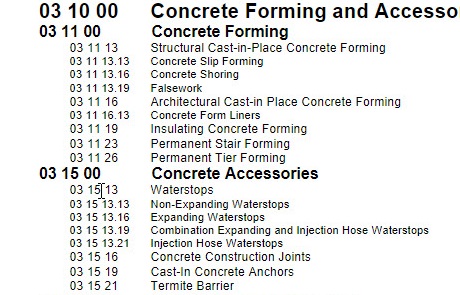
The sections and subsections are not meant to include actual construction activities. The intention is to organize the information in a meaningful, standardized way. Nevertheless, we can reference it as cost estimators to identify construction activities.
For example, in the section Concrete Accessories, we see the Waterstops are further broken down into four groups. This is how we decide which ones we would use for activities:
- Identify which types are included in our project. The next question we need to ask ourselves is,
- How does the installation of one type differ from the other? If we have both the Non-expanding and the Expanding water stops, we might decide to include both in one activity because the installation time per unit is the same for both types.
The only detail which is not the same might be the supply cost per type of water stop. Our construction activity would be the Supply and Installation of a water stop or any variation of this.
In conclusion, we can say that adding the applicable construction activities to a cost estimate is a matter of practice.
